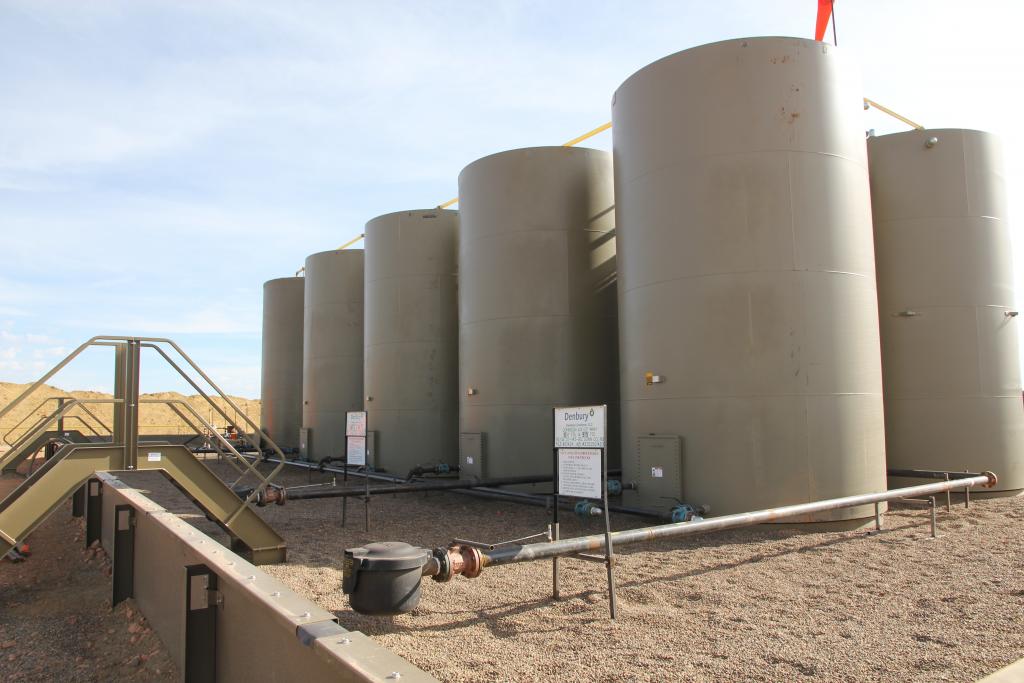
Crude oil is a naturally occurring petroleum product extracted from oil wells and is a mixture of gasses and liquids, organic materials, and hydrocarbon deposits. As an essential source of fuel, oil is refined to create several usable products like diesel, gasoline, and other types of petrochemicals. Given the significant role crude oil prices play, it becomes very essential for companies to be able to predict oil prices while making operational decisions like: how much oil should be produced, when is it best to purchase material, and what modes of transportation to use.
The prices of crude oil remain to be one of the most essential indicators in the economy on a global scale. Businesses and governments spend countless time and energy to determine where oil prices are headed next. However, know that forecasting the price of oil is not an exact science. Standard techniques for forecasting are based on econometrics and linear regressions, however, alternatives include computer-driven analytics and structural models. Until today, there is no widely accepted consensus when it comes to the best way of forecasting oil prices.
Understanding the Prices of Crude Oil
Simply put, crude oil supply is largely determined by companies’ ability to extract oil reserves from wells and distribute them. Supply variables include: environmental factors, technological changes, and the ability of oil firms to replenish and accumulate capital. After 2008, various technical improvements like horizontal drilling and hydraulic fracturing helped flood the global market with oil.
The demand for crude oil comes from governments, companies, and individuals. Generally, the demand for oil rises during good economic times and declines during slower economic times. The prices of oil are deeply influenced by non-market entities, which includes OPEC or the Organization of the Petroleum Exporting Countries. OPEC acts as an international oil cartel, and based on what is best for their governments, its members make decisions on how much oil to release to the global markets. It is important to note that OPEC’s influence is limited, based on the variations in prices from 2005 until 2015.
Oil is very regulated in a lot of countries. Like many nations in Europe, the U.S. has strict regulations on where oil can be drilled. The EPA or the Environmental Protection Agency is able to dictate the prices of oil just as much as British Petroleum or Exxon Mobil.
Contact DW Energy
Want to learn more about oil & gas investing? Our expert team can provide you with more information or schedule a consultation to talk about diversifying your investment portfolio.

Quantitative Methods
In order to make short- and long-term predictions on the oil market, companies hire market experts and econometricians. These professionals use mathematical models which focuses on either supply and demand considerations or financials, with the use of spot and future prices.
Supply and demand models put emphasis on macroeconomic variables, like income elasticity of demand for oil, OPEC production, and real gross domestic product. Most analytic services and companies change their formulas often since there are a lot of possible combinations of variables. The ultimate aim is to discover the best statistically significant variables in order to create rough estimates for oil price ranges in the long term.
Spot and future price models are still being used by a lot of companies until today. The basic concept is that the relationship between spot price fluctuations and future price fluctuations will determine tomorrow’s oil prices.
Nonlinear or Qualitative Methods
Advocates of nonlinear or qualitative methods believe that future crude oil prices are random for any traditional processes. These approaches may still utilize some data from standard models; however, their computations are largely based, not on linear models, but on pattern recognition.
Fundamental analysts and investors tend to shy away from statistical methods that are deemed complex. Fundamental analysts, rather, depend on some business factors like production trends, inventory levels, the actions of speculators, and natural disasters. This knowledge-based approach is based on the concept that the prices of oil are largely affected by big, identifiable events. It is typical for companies to employ analysts who depend on information from authoritative sources, like The World Bank’s Commodity Forecast.
DW Energy Group provides promising oil and gas investment opportunities in Texas, Oklahoma, and North Dakota to qualified investors looking to attain their investment objectives. We are experts at finding, developing, and managing the most lucrative oil and gas investment opportunities for qualified and approved investors. Our partner-first attitude has enabled us to deliver an exceptional customer experience for our investing partners. To find out more about our Texas oil and gas investment opportunities, contact us today.
Contact dw energy
Sources:
“The Energy Revolution: Economic Benefits and the Foundation for a Low-Carbon Energy Future,” ERP, https://www.govinfo.gov/content/pkg/ERP-2015/pdf/ERP-2015-chapter6.pdf
“About Us,” Organization of the Petroleum Exporting Countries, https://www.opec.org/opec_web/en/17.htm
“What Drives Crude Oil Prices?” U.S. Energy Information Administration, https://www.eia.gov/finance/markets/crudeoil/spot_prices.php
“Commodity Markets,” The World Bank, https://www.worldbank.org/en/research/commodity-markets
